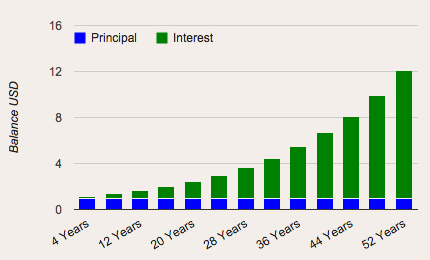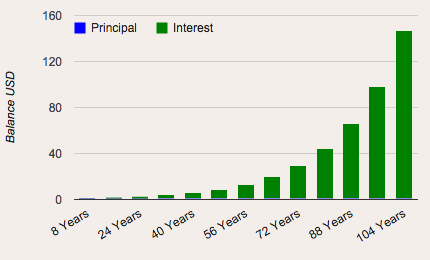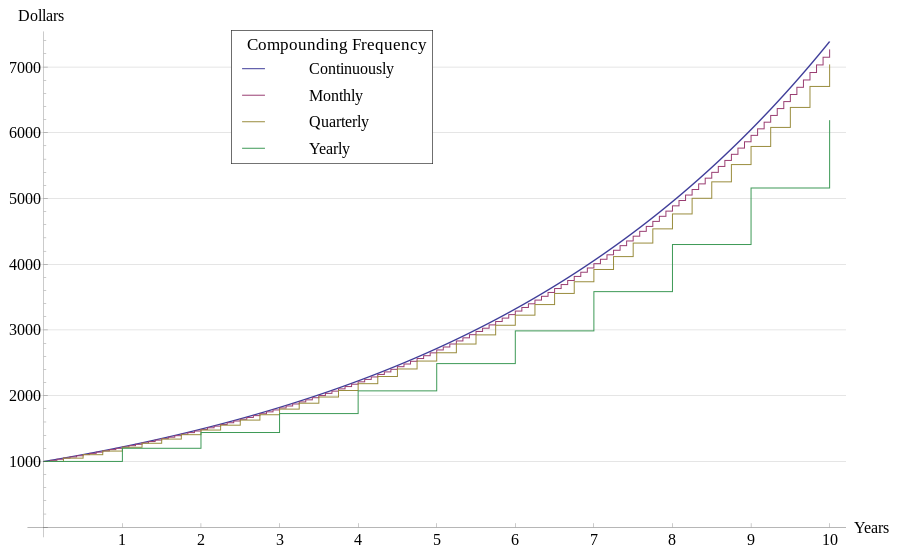Building a portfolio can be overwhelming. There are thousands of mutual funds, ETFs, and stocks to choose from. There are also various ways to allocate your money between stocks, bonds, real estate, gold, and other investments. But there is also a simple allocation that will work for most people and get their portfolio up and running.
This simple starter portfolio is a mix of US and international stocks, US and international bonds, and real estate. In fact, this starter portfolio covers nearly all US and international stocks and bonds that are worth owning — using Vanguard total market mutual funds and ETFs. And then I like to add a healthy dose of real estate investment trusts (REITs) to round out the portfolio.
The five funds that make up this starter portfolio are:
Vanguard Total Stock Market
Vanguard Total International Stock Market
Vanguard Total Bond Market
Vanguard Total International Bond Market
Vanguard REIT Index
Why Vanguard?
I’m a huge fan of Vanguard because of their low fees, high quality funds, and clients as owners. To clarify the clients as owners: you (the client) own the funds, and the funds own Vanguard. If you’re interested, you can read more about “Why Vanguard?”.
Vanguard Total Stock Market
ETF: VTI
Investor Mutual fund: VTSMX
Lower-cost Admiral fund: VTSAX
This fund provides investors with exposure to the entire US stock market – including small, mid, and large-cap growth and value stocks. It is very broad and diverse, totaling over 3600 stocks!
This fund includes all the big names such as Apple (AAPL), Google (now Alphabet) (GOOGL), Microsoft (MSFT), Exxon Mobile (XOM), Amazon (AMZN), JPMorgan Chase (JPM), and thousands of other big and small companies.
Vanguard Total International Stock Market
ETF: VXUS
Investor Mutual fund: VGTSX
Lower-cost Admiral fund: VTIAX
The Vanguard Total International Stock Index funds offers investors a way to gain exposure to global markets, including both developed and emerging economies, such as those of Europe and Asia.
Because this fund invests in global markets, there can be a lot of volatility, as some parts of the world have less stable economies than the US. But over the long term, having some international stock market exposure adds some diversification and potential benefits, especially when you look at emerging superpowers such as China and India.
The Vanguard Total International Stock Market index fund invests in over 6000 stocks, including household names such as Royal Dutch Shell, Nestle, Samsung, Toyota, HSBC, and Unilever.
Vanguard Total Bond Market
ETF: BND
Investor Mutual fund: VBMFX
Lower-cost Admiral fund: VBTLX
The Vanguard Total Bond Market provides exposure to US investment grade bonds, including both corporate bonds and US government bonds. It also invests in bonds of varying maturities which helps to stabilize the fixed income this fund provides.
The Vanguard Total Bond Market fund invests in over 8500 different bonds, the majority of which are US government.
This broad US bond fund is a perfect complement to the US total stock market fund, providing fixed income and generally stable asset price, which can help when the stock market experiences a decline.
Vanguard Total International Bond Market
ETF: BNDX
Investor Mutual fund: VTIBX
Lower-cost Admiral fund: VTABX
The Vanguard Total International Bond Market index fund offers broad exposure to global (non US) investment grade government and corporate bonds. It operates similar to the Vanguard Total Bond fund covering US bonds, except the focus is on international bonds.
The majority of the bonds in the Vanguard Total International Market fund are from more stable European countries and companies, but it also has exposure to the rest of the world. In total, it invests in over 4000 different international bonds.
Vanguard REIT Index
ETF: VNQ
Investor Mutual fund: VGSIX
Lower-cost Admiral fund: VGSLX
The Vanguard REIT Index fund invests in real estate trusts, which are companies that purchase office buildings, hotels, apartment buildings, and other real estate property. This fund will provide exposure to the real estate market, without you having to become a landlord yourself.
There are two main types of REITs: Equity REITs and Mortgage REITs. Equity REITs generate income through the collection of rent on, and from sales of, the properties they own for the long-term. Mortgage REITs invest in mortgages or mortgage securities tied to commercial and residential properties.
We know real estate and home prices can dramatically rise and fall, so this fund can see some volatility, but real estate investments have often performed differently than stocks and bonds. This REIT fund can offer additional diversification for a portfolio made up of stocks and bonds, and also adds diversification of asset classes, since this fund covers the real estate market.
Portfolio Allocation
Deciding how much money to allocate these mutual funds or ETFs as part of your total portfolio is an interesting problem. The general recommendation by experts and analysts is that the closer you are to retirement age, the greater percentage of your portfolio should be fixed-income or bonds.
In this example we will use a recommendation for younger people (20s-30s) with an 80/20 split, meaning 80% of the portfolio will be allocated towards stocks and 20% towards bonds. We will include real estate in the 80% stock mix.
Here is an example 80/20 portfolio mix with the portfolio leaning more heavily towards US stocks and bonds, but keeping a sizable amount allocated to international markets.
Vanguard Total Stock Market Index: 50%
Vanguard Total International Stock Market Index: 20%
Vanguard Total Bond Market: 15%
Vanguard Total International Bond Market: 5%
Vanguard REIT Index: 10%
Total: 100%




